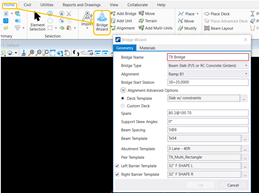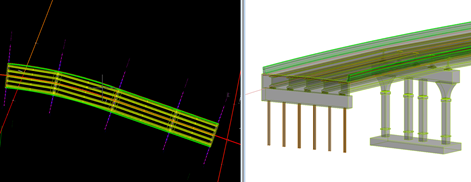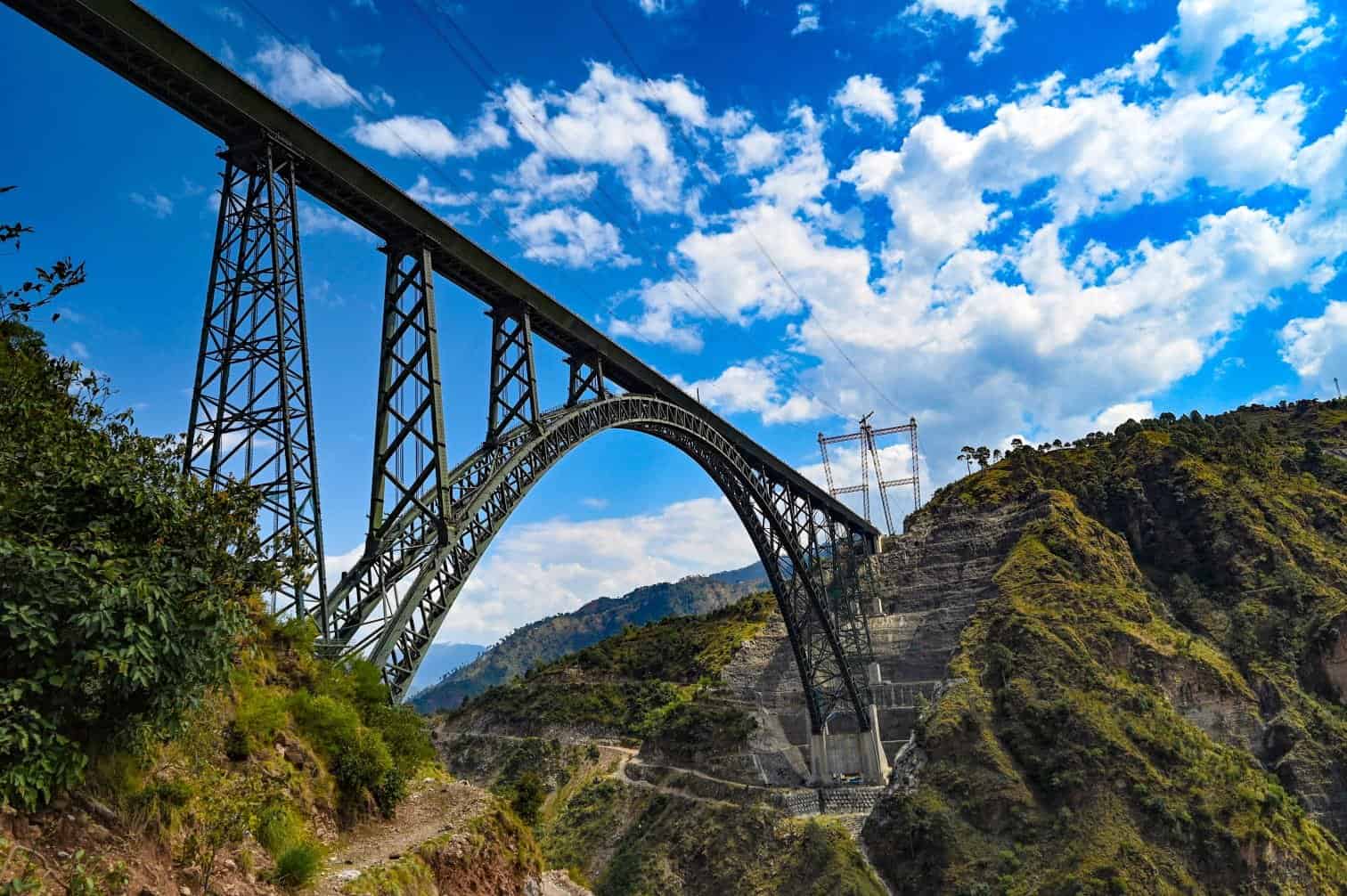Coming from other structural programs that develop bridge models, the thought of developing a 3D Model was intimidating.
These models typically require x, y, and z nodes and the classification of each line with material and size – a process that could take a considerable amount of time. Within the 3D parametric OpenBridge Modeler software solution, there is a simple tool called the Bridge Wizard. This feature makes it easy for any design engineer to create a 3D bridge model with just a few inputs—and eliminates the need to think of nodes or coordinates to generate every line in your bridge.Here’s are the five steps to creating a 3D bridge model in under five minutes with Bridge Wizard.
-
- Select the Bridge Wizard tool, which can be found on the Home ribbon tab in the Bridge Setup group.
Fig 1. Bridge Wizard Tool
- Within the tool, name the bridge and select an alignment. Note that the alignment is best referenced from a DGN file from OpenRoads Designer, although OpenBridge Designer also has the capabilities to make an alignment.
- Define a bridge from templates (e.g., beam slab, concrete box, RC slab)
- Select the number of spans, beam spacing, abutment and pier templates
- Then type in the Start Station for the alignment.
- Select the Bridge Wizard tool, which can be found on the Home ribbon tab in the Bridge Setup group.
Fig 2. Bridge Model and Alignment
If you prefer to build the model from scratch, you can use the tools from the menu (Element Selection) to make it one piece at a time. The program includes templates for the individual pieces as well.Fig 3. OpenBridge Modeler Menu
See the Bridge Wizard in action:
ABOUT BERENISCE RAMOS
Berenisce Ramos graduated from New Mexico State University with a bachelor’s and a master’s in civil engineering, with an emphasis on structural analysis and design. She has 12 years of experience designing bridges and other structures. In her bridge design career, she has designed intricate bridges such as curved interstate bridges, asymmetrical bridges with tappers, saddle bents, and truss bridges. She modeled the Kinzua bridge in PA with RISA 3D software, and to accelerate the modeling; she used MicroStation to import dxf files into Risa 3D. This resulted in the complete 3D modeling of the historic bridge, which is now a pedestrian overlook. 3D Modeling is a big part of her career. Some of her favorite software are OpenBridge, Risa 3D, and STAAD, and she always checks the designs with hand calculations.








